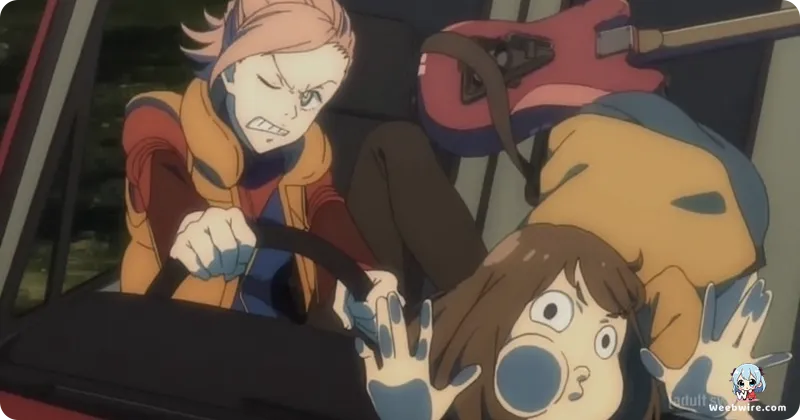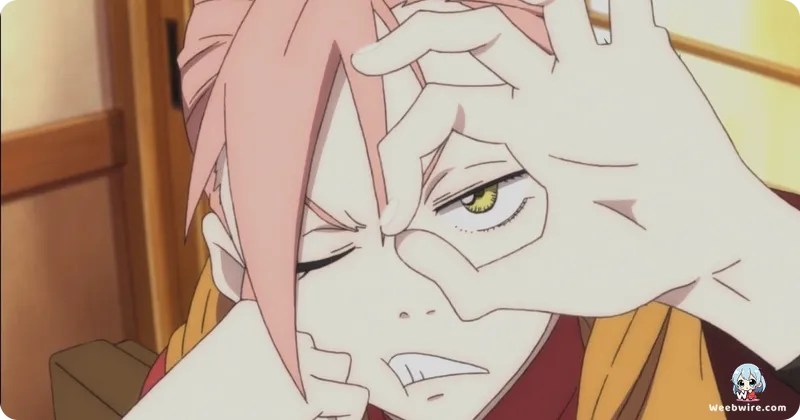FLCL Alternative: How a Beloved Cult Anime Reimagined Its Legacy

When FLCL first burst onto the anime scene in 2000, its unique blend of rock music, coming-of-age angst, and chaotic visuals instantly established it as a cult phenomenon, redefining animated storytelling. Nearly two decades later, the announcement of sequels, including FLCL Alternative, was met with intense anticipation and a crucial question: Could a new series truly recapture the original's inimitable magic? Released in 2018, FLCL Alternative boldly answered by forging its own distinct identity, offering a fresh perspective while honoring the anarchic spirit that fans adored. This installment serves as a fascinating study in expanding a beloved classic, rich with unique production choices and narrative nuances.
A crucial aspect of FLCL Alternative's unique path lies in its creative lineage. Unlike the original, which was helmed by the legendary Gainax, Alternative saw Production I.G take the reins, alongside animation by NUT and Revoroot. This shift brought a new artistic sensibility, moving away from Gainax's early 2000s aesthetic towards Production I.G's polished, dynamic animation style, as seen in titles like Ghost in the Shell. Director Yutaka Uemura further differentiated the series, steering the narrative from Kazuya Tsurumaki's avant-garde approach to a more character-driven, slice-of-life focus.

The story centers on Kana Koumoto, a high school student, and her friends, whose everyday anxieties about growing up and impending separation are externalized through classic FLCL absurdity, alien invasions, and giant robots. Character designs by Chikashi Kubota maintain a contemporary yet distinctly 'FLCL' feel, with Haruko Haruhara, the Vespa, and the N.O. channel serving as familiar touchstones. The emotional core of Alternative resonates deeply, exploring anxieties surrounding the cusp of adulthood, the fear of change, and the bittersweet nature of goodbyes. These themes are skillfully woven into the bizarre external events, using the N.O. channel as a metaphor for internal struggles.
Crucially, the iconic Japanese rock band The Pillows returned, their music once again serving as the franchise's indispensable sonic heartbeat, providing both nostalgic familiarity and fresh tracks that amplify the series' unique energy. The very existence of FLCL Alternative highlights the challenge and reward of reinterpreting a highly experimental story, proving that FLCL's core idea—the surreal manifestation of adolescent angst and growth set to a killer soundtrack—is robust enough to evolve. Alternative successfully delivers a fresh, yet familiar, dose of exhilarating, chaotic fun, daring to ask what FLCL means to a new generation.
Credits
FLCL Alternative
Author
Kazuya Tsurumaki (Original Concept)
Cover Art
Chikashi Kubota
Studio
Production I.G, NUT, Revoroot
Publisher
Production I.G
Producers





